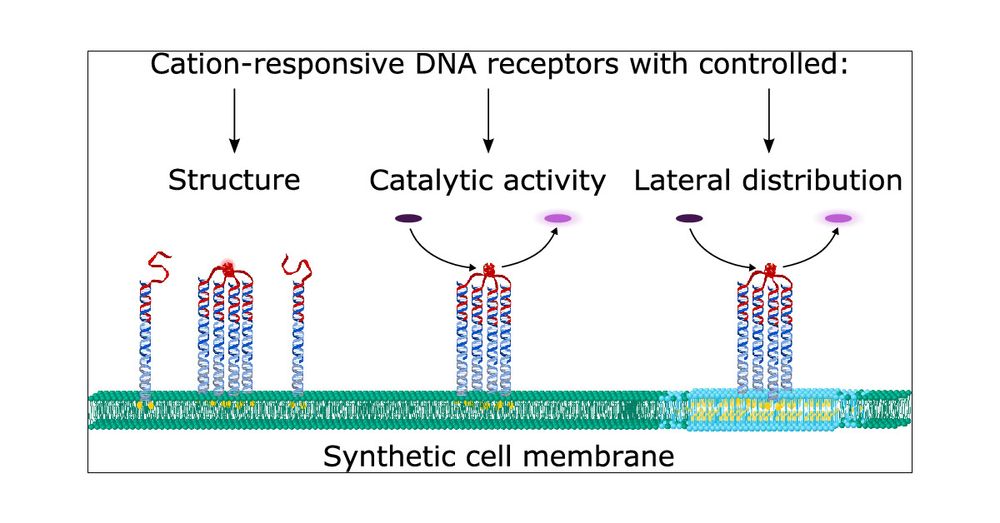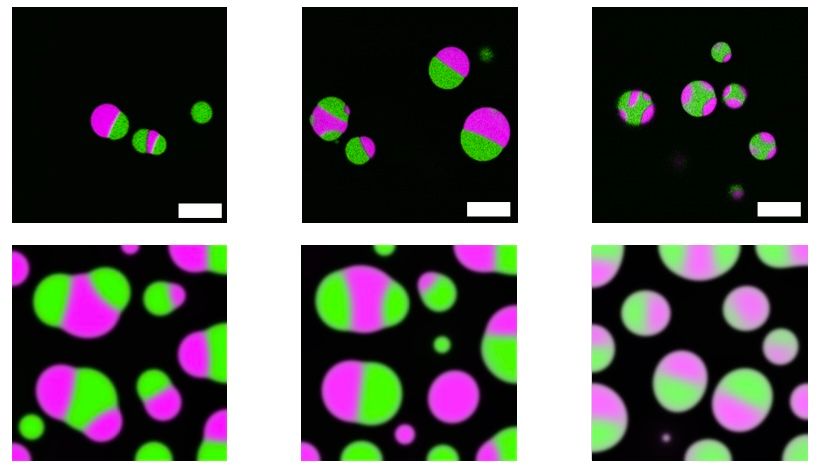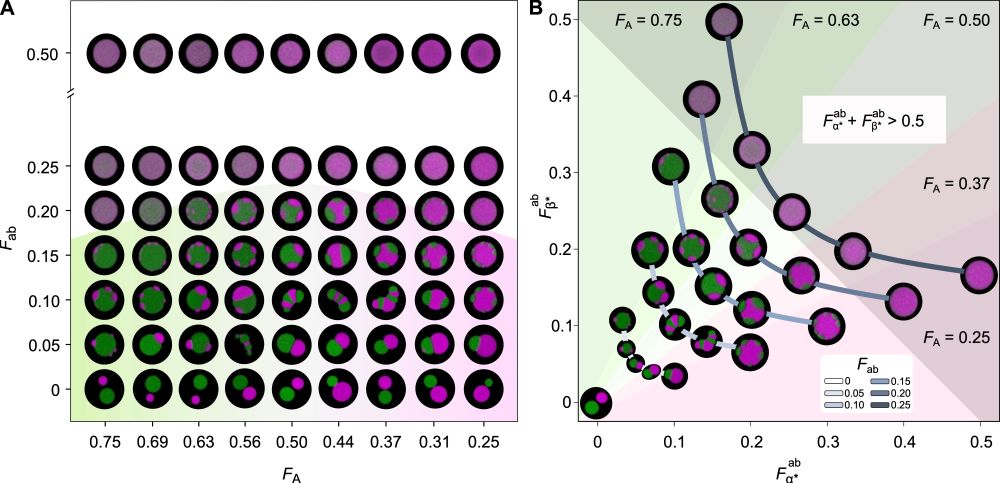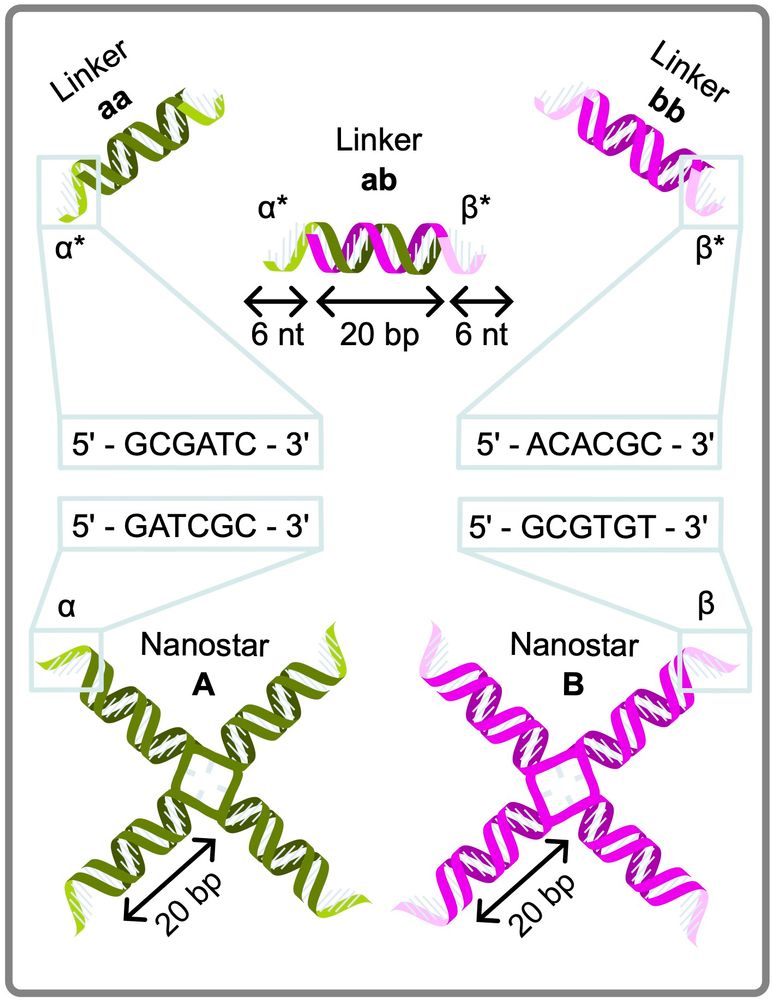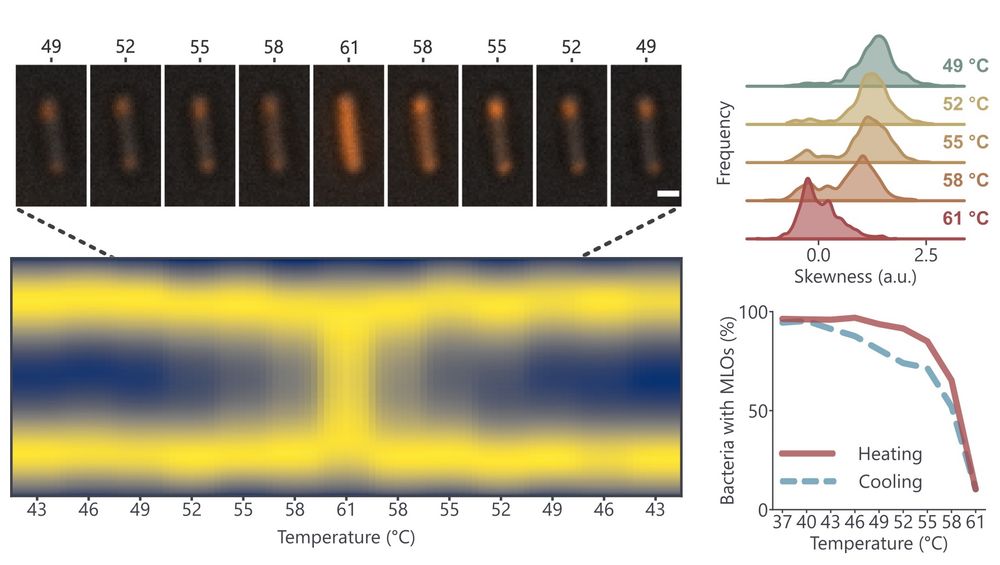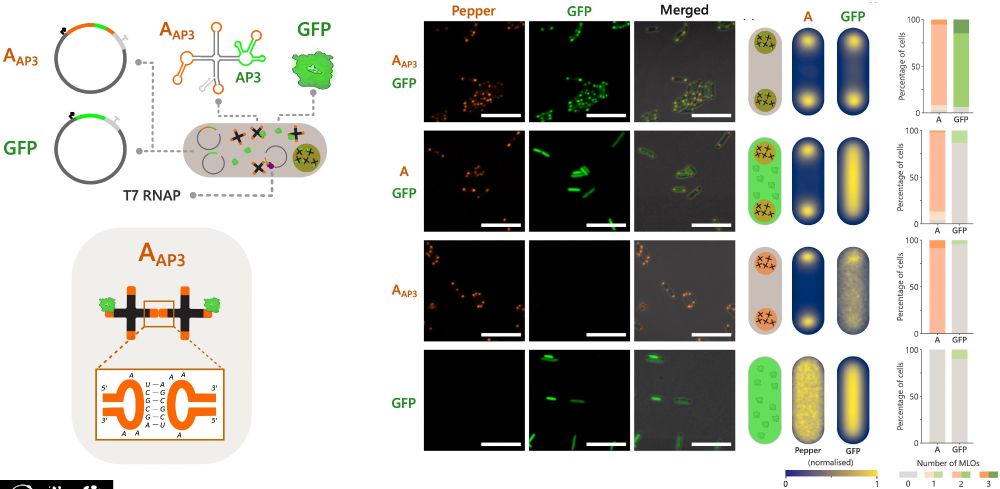Di Michele Lab
@dimichelelab1.bsky.social
850 followers
450 following
36 posts
Lorenzo Di Michele's research group at @cebcambridge.bsky.social University of Cambridge (and also a bit at Imperial College). Working on DNA/RNA nanotechnology and Synthetic Cells
Posts
Media
Videos
Starter Packs
Reposted by Di Michele Lab
Di Michele Lab
@dimichelelab1.bsky.social
· Aug 31

Detection and quantification of counterion-mediated homologous recognition in double-stranded DNA
Stretches of double-stranded DNA sharing the same sequence can recognise each other in cells. This phenomenon, known as homologous recognition, is essential for DNA recombination and repair. Yet, its ...
chemrxiv.org
Di Michele Lab
@dimichelelab1.bsky.social
· Aug 31
Di Michele Lab
@dimichelelab1.bsky.social
· Aug 31
Di Michele Lab
@dimichelelab1.bsky.social
· Aug 31

Detection and quantification of counterion-mediated homologous recognition in double-stranded DNA
Stretches of double-stranded DNA sharing the same sequence can recognise each other in cells. This phenomenon, known as homologous recognition, is essential for DNA recombination and repair. Yet, its ...
chemrxiv.org
Di Michele Lab
@dimichelelab1.bsky.social
· Aug 31
Di Michele Lab
@dimichelelab1.bsky.social
· Aug 31

Detection and quantification of counterion-mediated homologous recognition in double-stranded DNA
Stretches of double-stranded DNA sharing the same sequence can recognise each other in cells. This phenomenon, known as homologous recognition, is essential for DNA recombination and repair. Yet, its ...
chemrxiv.org
Reposted by Di Michele Lab
Di Michele Lab
@dimichelelab1.bsky.social
· Aug 12
Di Michele Lab
@dimichelelab1.bsky.social
· Aug 12

Internal Phase Separation in Synthetic DNA Condensates
The modular, programmable system of DNA nanostructures developed provides programmatic control over multiphase condensate behavior, enabling mapping onto a predictive Flory-Huggins model. This combin...
doi.org
Di Michele Lab
@dimichelelab1.bsky.social
· Aug 12

